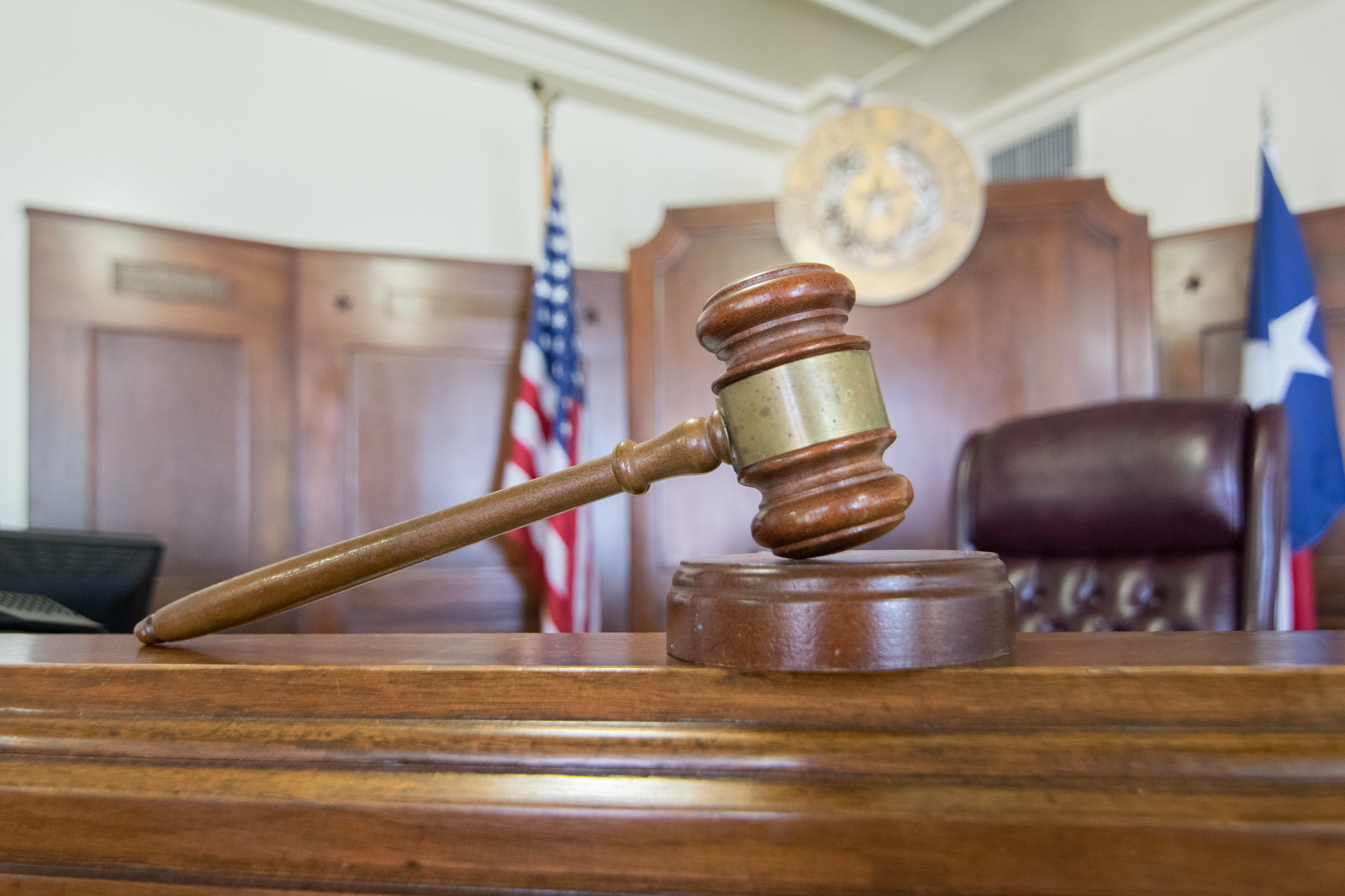Is “gay panic”—arguing for lesser repercussions because the victim’s sexual orientation or gender identity caught the perpetrator off guard—a legitimate legal defence for violence against an LGBTQ2S+ person?
These dated defences, rooted in 20th century homophobia and transphobia, are still legal in many U.S. states, used to this day to justify violence against LGBTQ2S+ people.
A new report out of the Williams Institute at the University of California, Los Angeles, calls for a legislated end to gay and trans panic defences.
“LGBTQ people have historically faced—and are still subject to—widespread stigma, discrimination and violence,” the report’s authors conclude. “One way states can combat the epidemic of violence against LGBTQ people is by passing laws that bar defendants from asserting the gay and trans panic defenses in court.”
The report outlines the use of gay and trans panic defences in the U.S. since 1960 and provides modelling on how U.S. states can reform their justice systems to ensure the defence is no longer used.
Here’s what you need to know.
What is gay or trans panic defence?
A gay or trans panic defence is when a defendent argues their violent behaviour was a rational response to discovering that the victim of their offence was LGBTQ2S+.
Simply put, it’s used by defence teams to argue a perpetrator was somehow justified in killing or harming an LGBTQ2S+ person because of that person’s gender or sexual orientation—something a 2019 American Bar Association op-ed calls “legally sanctioned discrimination against one’s sexual orientation and gender identity.”
According to researchers at the Williams Institute, LGBTQ2S+ people were about four times more likely to experience serious violence, including rape or sexual assault, robbery and aggravated or simple assault than non-LGBTQ2S+ people. The report also details how queer and trans people were more likely than non-LGBTQ2S+ people to experience violence at the hands of someone well-known to them.
When it comes to the gay or trans panic defence, it is most often invoked in cases related to intimate partner violence or robbery, and, in the vast majority of cases examined in the Williams Institute report, the victim was known to the perpetrator.
“The gay and trans panic defenses are rooted in the antiquated ideas that being LGBTQ is a mental illness and rely on the assumption that it is reasonable for a perpetrator to react violently to discovering the victim’s sexual orientation or gender identity, or to a romantic advance by an LGBTQ victim,” the report reads.
How are these defences used?
There are three main ways.
Provocation: The defendant argues that the discovery of someone’s LGBTQ2S+ identity was a sufficiently provocative act that drove them to violence.
Diminished capacity: The defendant argues that the victim’s gender identity or sexual orientation caused them to essentially have a mental breakdown, driving them to violence. (“Gay panic disorder” was actually listed as a mental illness in American Psychological Association’s Diagnostic and Statistical Manual of Mental Disorders (DSM) until 1973, and defence lawyers continue to use the phrase.)
Self-defence: The defendant argues that the victim’s gender identity or sexual orientation was somehow a threat to them and presented immediate danger of harm, therefore they acted in self-defence.
Can a gay or trans panic defence result in a reduced or altered sentence?
In short, yes.
Researchers say that, historically, gay or trans panic defences have led to reduced sentences for people convicted of violence against LGBTQ2S+ people. St. Edward’s University assistant professor W. Carsten Andresen tracked the historical use of the defence between 1970 and 2020, and found that gay and trans panic defences were used at least 104 times across 35 states, as well as the District of Columbia and Puerto Rico during that time.
In one-third of cases, Andresen found, defence attorneys who entered gay panic defences successfully reduced a defendants’ murder charges “even though the majority of these homicides involve incredible violence.”
Courts have increasingly thrown out gay or trans panic defences in recent years according to the Williams Institute report. And, even in documented cases, the report says, gay or trans panic was rarely actually a legitimate defence.
“In many cases where the gay and trans panic defences have been raised, we see that the victim and the defendant had a relationship prior to the homicide or the homicide occurred in the course of robbery,” lead author Christy Mallory, legal director at the Williams Institute said in a release. “These findings suggest that defendants were not surprised or in a state of panic when the homicides occurred.”
How common is the gay or trans panic defence?
As of April 2021, 12 U.S. states and the District of Columbia have banned gay and trans panic defences. In remaining states, it remains legal.
In Canada, gay or trans panic defences still appear in court proceedings related to a section of the Criminal Code on provocation—that first defence the Williams Insitute report outlines. The provocation argument has historically been used in Canada to reduce charges of culpable homicide to manslaughter, where a defendant argues they were provoked into violence
Juries in Canada continue to hear provocation related to sexual orientation or gender identity as a defence, and there are no immediate plans in the works for Criminal Code reform related to provocation.
How do you ban the gay or trans panic defence?
The report’s authors propose model legislation for states in the U.S. to move forward with banning the gay or trans panic defence. The template legislation includes references to the disproportionate amount of violent crime experienced by LGBTQ2S+ people and the continued “widespread” systemic discrimination they face.
It also outlines specific changes to how all three uses of the gay or trans panic defence—provocation, diminished capacity and self-defence—can and should be altered at the legislative level. The report’s authors also call on states to reform hate crime laws and laws around intimate partner violence in order to better protect LGBTQ2S+ people.


 Why you can trust Xtra
Why you can trust Xtra


